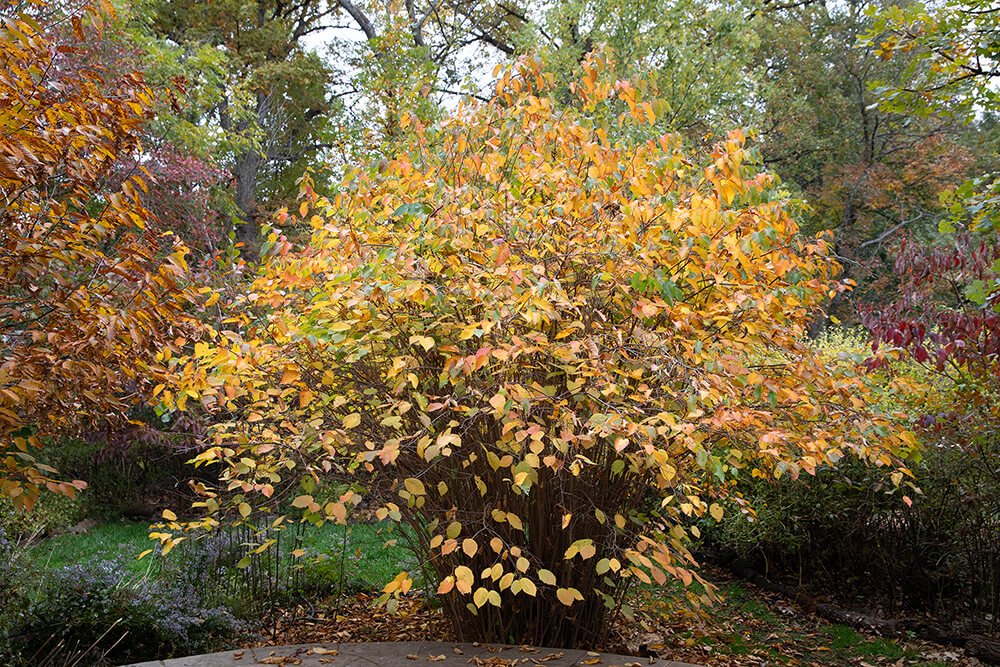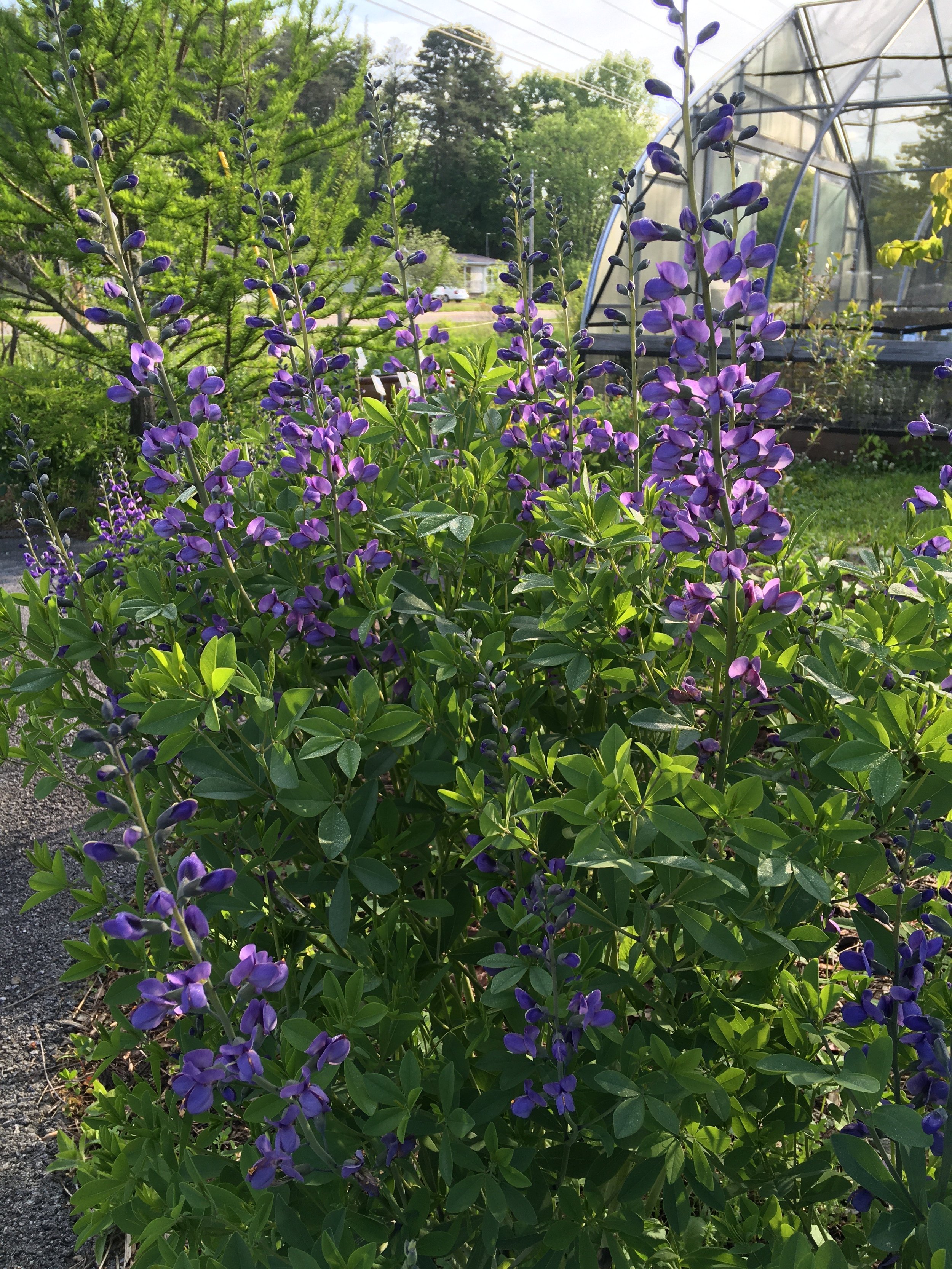 Image 1 of 3
Image 1 of 3

 Image 2 of 3
Image 2 of 3

 Image 3 of 3
Image 3 of 3




Asclepias syriaca - (Common Milkweed)
GARDEN SITE: ☀️-⛅ Medium moisture, Well-Drained soil. Appreciates good air circulation.
SIZE: ⬆2-3 ft. ↔2-3 ft.
FLOWERS: Mauve blooms June-August
WILDLIFE: Attracts Bees and Butterflies
LARVAL HOST TO: Monarch Butterfly
ZONE: 4-9
DISTRIBUTION: AL , AR , CT , DC , DE , GA , IA , IL , IN , KS , KY , LA , MA , MD , ME , MI , MN , MO , MS , MT , NC , ND , NE , NH , NJ , NY , OH , OK , OR , PA , RI , SC , SD , TN , TX , VA , VT , WI , WV
Also called butterfly flower, silkweed, silky swallow-wort, and Virginia silkweed. Irreplaceable larval host to Monarch (Danaus plexippus) caterpillars . Pink-lavender umber shaped blooms. Popular within all the pollinators. Plants in a spot where it can spread naturally without being having to be contained.
Does well in poor, dryish soil. Deer, Drought, Dry Soil, Shallow-rocky soil and Erosion Tolerant. Spreads via rhizomes.
The genus name, Asclepias, commemorates Asklepios, the Greek god of medicine. The specific epithet, syriaca, means ‘of Syria’ in reference to Linnaeus's mistaken belief it was from Syria.
GARDEN SITE: ☀️-⛅ Medium moisture, Well-Drained soil. Appreciates good air circulation.
SIZE: ⬆2-3 ft. ↔2-3 ft.
FLOWERS: Mauve blooms June-August
WILDLIFE: Attracts Bees and Butterflies
LARVAL HOST TO: Monarch Butterfly
ZONE: 4-9
DISTRIBUTION: AL , AR , CT , DC , DE , GA , IA , IL , IN , KS , KY , LA , MA , MD , ME , MI , MN , MO , MS , MT , NC , ND , NE , NH , NJ , NY , OH , OK , OR , PA , RI , SC , SD , TN , TX , VA , VT , WI , WV
Also called butterfly flower, silkweed, silky swallow-wort, and Virginia silkweed. Irreplaceable larval host to Monarch (Danaus plexippus) caterpillars . Pink-lavender umber shaped blooms. Popular within all the pollinators. Plants in a spot where it can spread naturally without being having to be contained.
Does well in poor, dryish soil. Deer, Drought, Dry Soil, Shallow-rocky soil and Erosion Tolerant. Spreads via rhizomes.
The genus name, Asclepias, commemorates Asklepios, the Greek god of medicine. The specific epithet, syriaca, means ‘of Syria’ in reference to Linnaeus's mistaken belief it was from Syria.
GARDEN SITE: ☀️-⛅ Medium moisture, Well-Drained soil. Appreciates good air circulation.
SIZE: ⬆2-3 ft. ↔2-3 ft.
FLOWERS: Mauve blooms June-August
WILDLIFE: Attracts Bees and Butterflies
LARVAL HOST TO: Monarch Butterfly
ZONE: 4-9
DISTRIBUTION: AL , AR , CT , DC , DE , GA , IA , IL , IN , KS , KY , LA , MA , MD , ME , MI , MN , MO , MS , MT , NC , ND , NE , NH , NJ , NY , OH , OK , OR , PA , RI , SC , SD , TN , TX , VA , VT , WI , WV
Also called butterfly flower, silkweed, silky swallow-wort, and Virginia silkweed. Irreplaceable larval host to Monarch (Danaus plexippus) caterpillars . Pink-lavender umber shaped blooms. Popular within all the pollinators. Plants in a spot where it can spread naturally without being having to be contained.
Does well in poor, dryish soil. Deer, Drought, Dry Soil, Shallow-rocky soil and Erosion Tolerant. Spreads via rhizomes.
The genus name, Asclepias, commemorates Asklepios, the Greek god of medicine. The specific epithet, syriaca, means ‘of Syria’ in reference to Linnaeus's mistaken belief it was from Syria.













